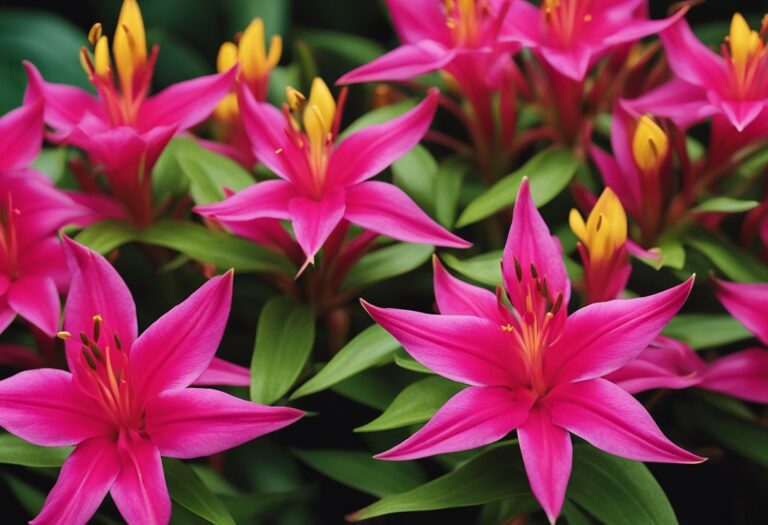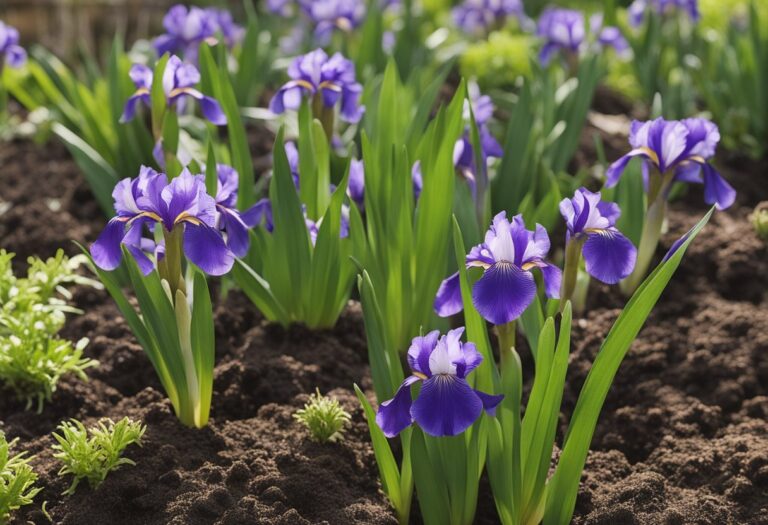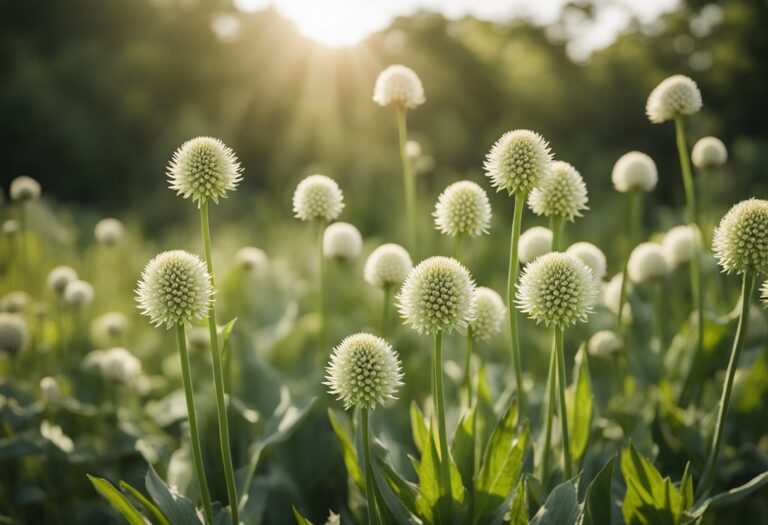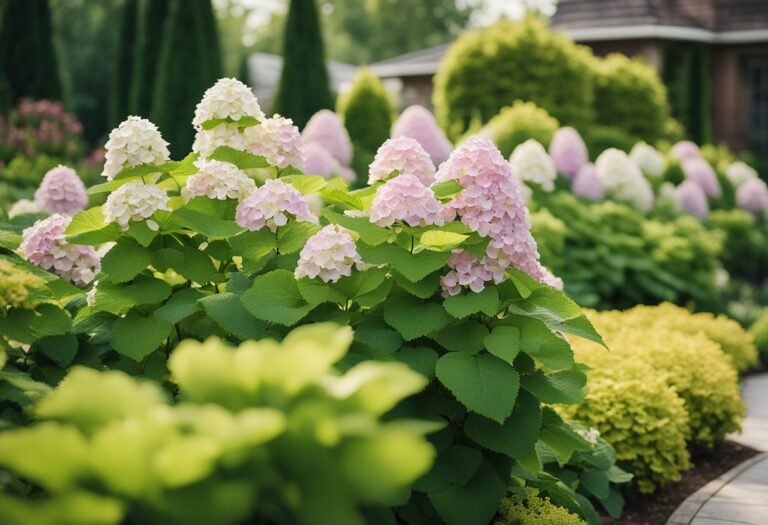Coreopsis Nana Overview
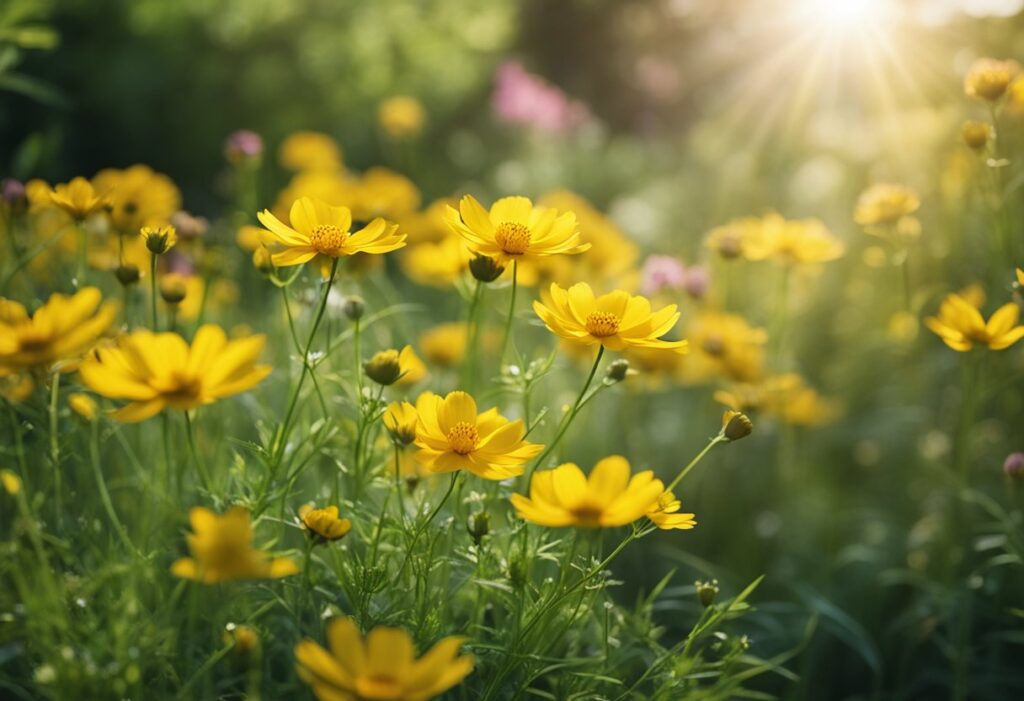
Coreopsis Nana, also known as Dwarf Tickseed, is a vibrant perennial. It is valued for its compact growth and bounteous yellow blooms. This garden favorite is beautiful and easy to care for, making it an excellent choice for your landscape.
Botanical Profile
Scientific Name: Coreopsis auriculata ‘Nana’
Family: Asteraceae
Plant Type: Perennial
Size:
- Height: 6-9 inches
- Spread: Up to 2 feet
Foliage:
- Colour: Deep green
- Shape: Ovate to lance-shaped with lateral lobes
Flowers:
- Colour: Golden-yellow
- Bloom Time: Early spring to early summer
- Size: 2 inches across
Growth Rate: Slowly spreading
Native Habitat
Geographical Range: Southeastern U.S. — from Virginia to Florida and Mississippi.
Natural Settings:
- Open woods
- Well-drained soils
Coreopsis Nana, an evergreen perennial that thrives in various settings and offers a cheerful display of golden flowers, is resilient and low-maintenance. It can benefit your garden.
Cultivation And Care
When cultivating Coreopsis auriculata ‘Nana’, also known as Dwarf Tickseed, your focus should be on providing the ideal growing conditions and performing regular maintenance.
Proper planting and understanding the plant’s growth requirements are essential for vibrant blooms. Proper care, including maintenance and pruning, will keep your plants healthy and floriferous.
Planting Instructions
- Timing: Plant Coreopsis ‘Nana’ in the spring or early fall, when the soil is workable.
- Location: Choose a spot that receives full to partial sunlight (at least 6 to 8 hours of direct sunlight daily).
- Soil Preparation: Ensure the soil drains well. Amend heavy or clay soils with organic matter like compost.
- Planting Depth and Spacing: Sow seeds or plant seedlings about 12 to 18 inches apart, covering seeds lightly with soil.
Growth Requirements
- Light: Full sun to partial shade with a minimum of six hours of sunlight for optimal blooming.
- Soil: Prefers well-draining soil with a slightly acidic to neutral pH (around 6.0 to 7.0).
- Watering: Keep the soil consistently moist, but not soggy, during the growing season.
Maintenance And Pruning
- Fertilization: Fertilize lightly using a balanced, slow-release fertilizer in the spring.
- Pruning: Deadhead spent flowers regularly to encourage continuous blooming throughout the season.
- Overwintering: Cut back foliage to the ground in late fall after the first hard frost to keep the plant tidy and healthy.
Design And Landscape Use
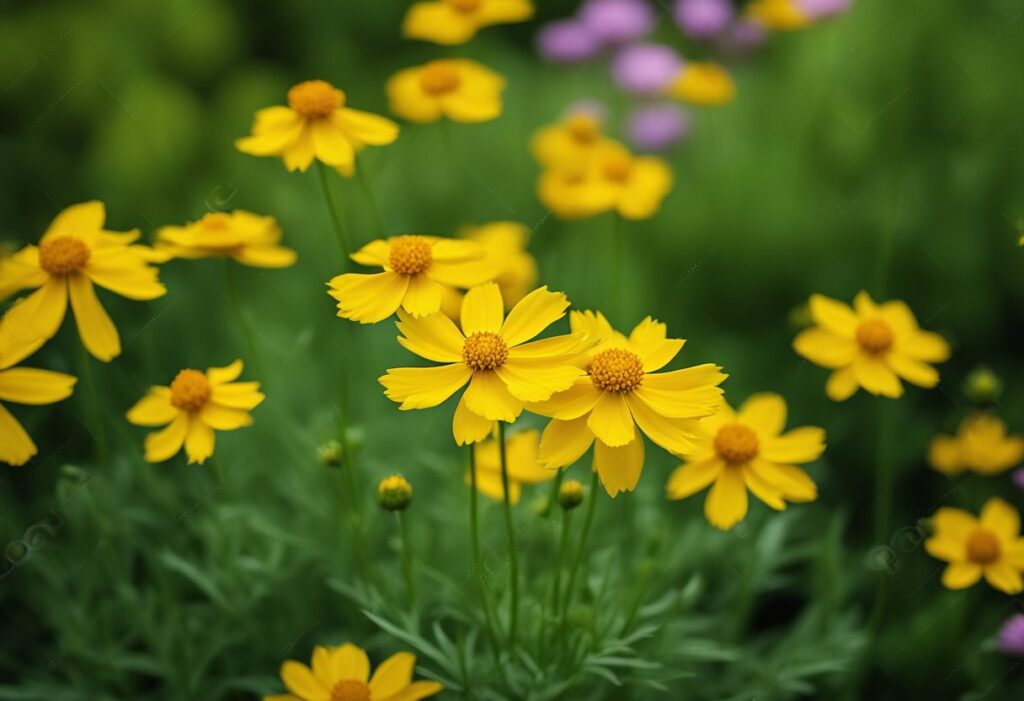
Coreopsis auriculata ‘Nana’, commonly known as Dwarf Tickseed, is an excellent addition to your garden for its vibrant golden-yellow blooms and low-growing, mat-forming foliage.
Due to its compact size and prolific flowering, this perennial is best suited for creating dense, colorful ground covers or brightening up borders and rock gardens.
Companion Plants
When pairing Dwarf Tickseed with other plants, consider those that complement its growth habits and color palette. Ideal companion plants for Coreopsis ‘Nana’ include:
- Perennials: Lavender (Lavandula) and Catmint (Nepeta), with their contrasting purple hues, create a harmonious color transition.
- Grasses: Ornamental grasses like Blue Fescue (Festuca glauca) can add texture contrast with their bluish foliage.
For a vibrant color display, consider these combinations:
| Companion Plant | Color Contrast | Additional Benefits |
|---|---|---|
| Black-eyed Susan (Rudbeckia) | Deep yellow to almost orange blooms | Attracts pollinators |
| Shasta Daisy (Leucanthemum x superbum) | White petals with yellow centers | Low-maintenance pairing |
Landscape Themes
Your landscape’s aesthetic can dictate the placement and companionship of Coreopsis ‘Nana’. Here are some thematic considerations:
- Cottage Garden: Incorporate Dwarf Tickseed with a mix of herbaceous perennials for an informal and inviting setting. In a cottage garden, the plant’s traditional charm shines when surrounded by species like Roses (Rosa) or Peonies (Paeonia).
- Coastal Landscapes: Coreopsis ‘Nana’ thrives in seaside gardens due to its tolerance of sandy soils and bright sunlight. Its low stature and drought resistance make it apt for this wind-swept environment.
- Pollinator-Friendly Gardens: This Coreopsis plays a pivotal role in environments that attract bees, butterflies, and other pollinators. Plant it alongside other pollinator favorites like Echinacea (Coneflower) and Salvia.
Pests And Diseases
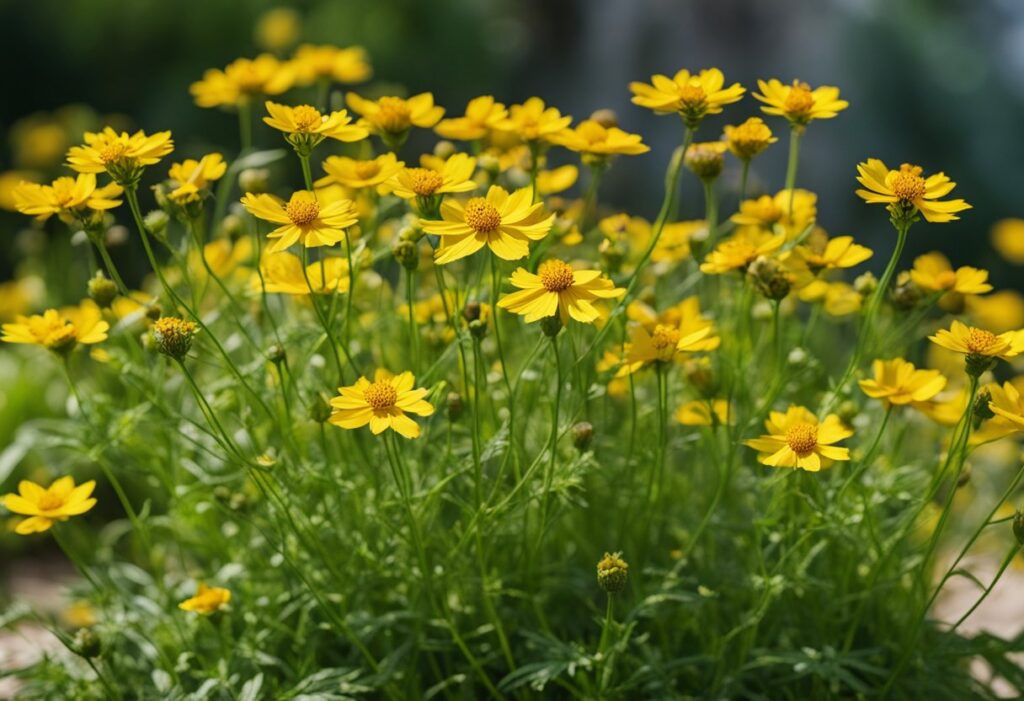
When you are cultivating Coreopsis auriculata ‘Nana’, also known as Lobed Tickseed, it’s essential to be aware of common pests and diseases that could affect your plant.
Pests
Your Coreopsis Nana may occasionally become the target of certain pests. Be vigilant for:
- Slugs and snails: Watch for these, especially in damp conditions. Barrier methods or organic deterring options can help protect your plants.
- Aphids: These sap-sucking insects may distort leaves. As a natural control method, use a strong water spray or introduce beneficial insects like ladybugs.
Diseases
The plant can also face diseases, primarily fungal, during wet seasons:
- Powdery Mildew: Powdery white spots on leaves indicate this issue. Increasing air circulation around plants helps in prevention.
- Downy Mildew: Look for white growth underneath leaves. Remove affected foliage and improve air flow and sunlight exposure to affected areas.
Remember, good cultural practices reduce the risk of both pests and diseases. Ensure your Coreopsis ‘Nana’ has:
- Adequate spacing for air circulation
- Well-draining soil to avoid overly wet conditions
- Regular weeding to lessen habitat for pests
Propagation Techniques

To successfully propagate Coreopsis ‘Nana’, you can employ two main methods: seeding and division.
Seeding:
Start by sowing seeds indoors 6-8 weeks before the last frost date. Use a seed tray with well-drained soil, maintaining a temperature between 55° to 60°F (13°-16°C). Expect germination within 7-14 days.
- Fill the seed tray with starter soil.
- Sprinkle the seeds on the soil surface.
- Lightly cover the seeds with a thin layer of soil.
- Water gently to keep the soil moist but not soggy.
Once seedlings have a couple of true leaves, transplant them outdoors in a sunny spot with well-draining soil.
Division:
Dividing your Coreopsis ‘Nana’ is best done in the spring or early fall. This helps to maintain the plant’s vigor and also multiplies your stock.
- Water your Coreopsis a day before dividing.
- Gently dig around the plant and lift it from the soil.
- Separate the clump into smaller sections by hand or using a knife.
- Replant the divisions promptly, spacing them about 12-18 inches apart.
Ensure each division has an adequate root system and some top growth. Water the new divisions regularly until they are established. Division propagates new plants and rejuvenates older ones, encouraging healthy growth.
Frequently Asked Questions
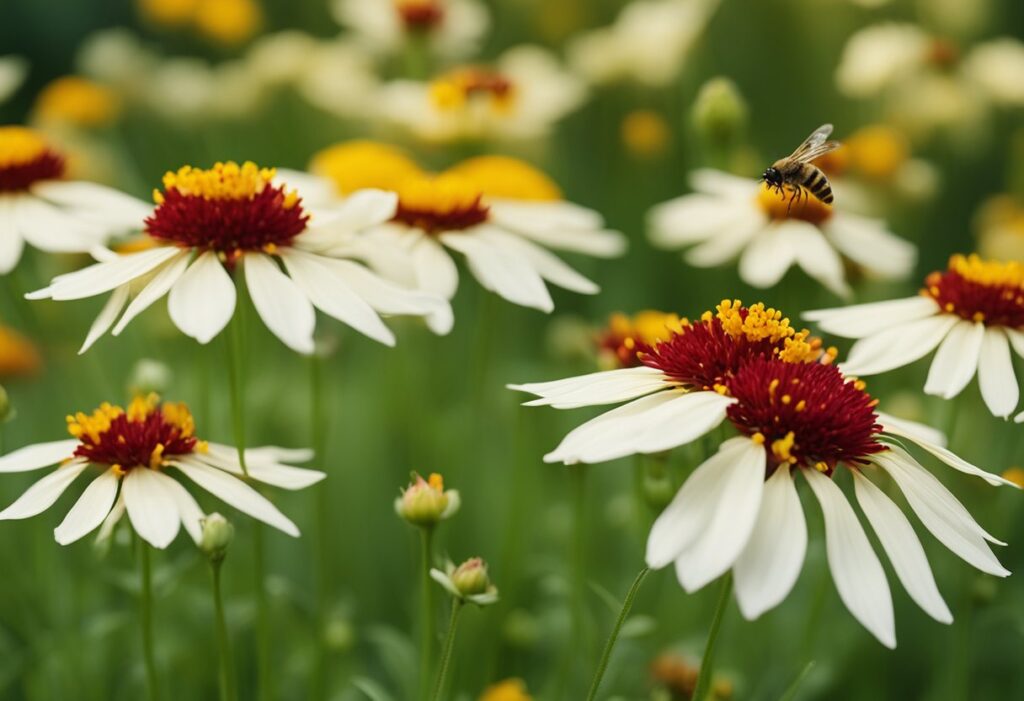
In this section, you’ll find answers to common questions about Coreopsis Nana, also known as Tickseed Nana, to help you successfully grow and care for this plant.
How do I care for Coreopsis Nana plants?
To care for Coreopsis Nana, ensure that they are placed in soil with good drainage and receive full to partial sunlight. Water them regularly but allow the soil to dry between waterings to prevent over-saturation.
What are the ideal conditions for growing Tickseed Nana?
Tickseed Nana thrives in well-drained soils and prefers full sun to partial shade. The soil pH should be slightly acidic to neutral, and amending the soil with organic matter can improve growth.
How much space is needed between Coreopsis Nana when planting?
When planting Coreopsis Nana, space them about 12 to 18 inches apart. This spacing allows room for mature growth and ventilation, reducing disease risk.
Can Coreopsis Nana be grown from seeds, and how is it done?
Yes, Coreopsis Nana can be grown from seeds. Sow seeds indoors in moist, sterile soil covering them with a thin soil layer. Maintain a temperature of 65° to 75°F and ensure bright light. Seeds typically germinate within 7 days.
Where can I purchase Coreopsis Nana plants or seeds?
Coreopsis Nana plants and seeds are available at garden centers, plant nurseries, or online retailers specializing in garden supplies and seeds.
What is the typical height range for Coreopsis Nana?
Coreopsis Nana typically grows to a height of 6 to 9 inches. This dwarf habit makes it suitable for rock gardens, borders, or as ground cover.







